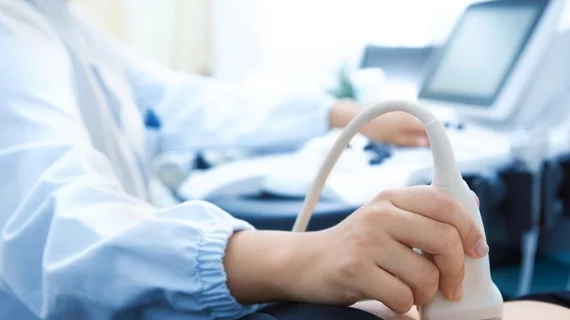US LI-RADS scores could benchmark quality standards for sonographers screening patients for liver cancer
Using liver imaging reporting and data system scores (LI-RADS) could help identify visualization issues related to operator error for sonographers during hepatocellular carcinoma (HCC) screenings.
LI-RADS is meant to standardize liver imaging techniques among patients at risk for HCC and improve surveillance quality. The module includes a visualization scoring system that measures the technical adequacy of the sonographer.
There are a number of factors that can exacerbate the difficulty a sonographer faces when examining the liver, particularly in HCC screenings. The sensitivity and specificity of abdominal ultrasounds that screen for HCC rely greatly on the skills and techniques of the sonographer. When the quality of these exams is lacking, the risk of missing important diagnostic information increases.
To gain insight into how to achieve optimal imaging In HCC screenings researchers conducted a study that takes a closer look at what the US LI-RADS visualization scores reveal about potential associations between image quality and operator sufficiency. Their findings were published this week in the American Journal of Roentgenology.
“The data could inform improvement measures including feedback programs and targeted retraining, to reduce examination variability,” David T. Fetzer, MD, with Department of Radiology at UT Southwestern Medical Center, and co-authors explained.
The research categorized LI-RADS visualization scores by minimal, moderate or severe limitations. Additionally, the patient location (ED, in-patient, outpatient, etc.), volume of liver exams completed by sonographers during the study period and radiologist practice patterns were all factored into visualization score assessments.
A total of 10,589 liver US examinations performed by 91 sonographers and interpreted by 50 radiologists were retrospectively examined.
Exam limitations varied significantly between ED patients, inpatients and outpatients. The most severe limitations were reported among ED patients and inpatients. Exam volume also impacted scores. Less experienced sonographers who completed less than 50 abdominal US exams during the study reported more severe limitations than those who had more experience.
“We observed a critical role of the sonographer in impacting the quality of liver US examinations,” the doctors noted. “Thus, when establishing an HCC surveillance program, adoption of a minimum annual volume for sonographers may be warranted, similar to requirements for technologists to attain mammography accreditation.”
You can read the detailed research in the American Journal of Roentgenology.

